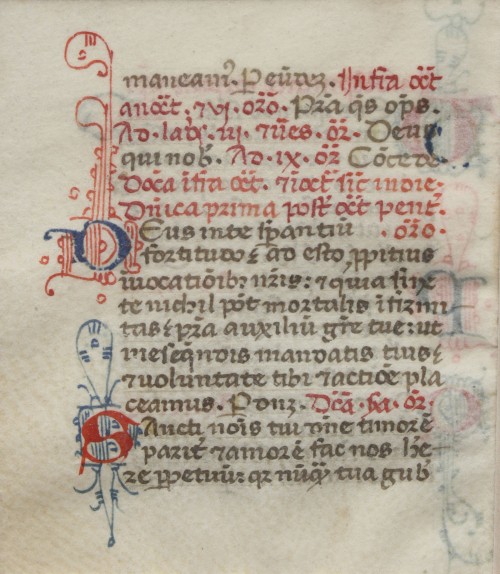
Exhibition: Cousins
September 11 – October 12, 2023
Main Library, L2
Gallery Hours
Monday – Thursday, 5-9 pm
Saturday, 9-5
Sunday, 1-5
Kristen Emack has been photographing her daughter and nieces for over a decade. “There is something sacred about the lives of girls, and their innocent, confident relationships to themselves, their world and one another is gravitational,” explains Emack. She has captured the girls’ childhood in an unfiltered way as they move with confidence throughout Cambridge and their environment. Her work is an undeniable celebration of Black girlhood. “There are notable bodies of work about girlhood, but Cousins is unique. It chronicles the lives of girls of color, which is a perspective that still remains under-embraced,” writes Emack. “Additionally, each frame is wholly female.” Angst or distraction does not enter the frame. Instead it’s their connection that stays in focus, their adolescent changes are organic, subtle and unprovocative.”
Emack is a 2022 Guggenheim Fellow, a MacDowell Fellow, and a Mass Cultural Council Fellow. Her work has been featured in Vogue Italia and National Geographic and has been exhibited across the United States, Northern Europe and the UK. This exhibit, Emack’s first in Cambridge, features the Library’s newly acquired photographs from Cousins and celebrates Emack’s work in the community. View these exciting new additions to the permanent collection of Library’s Archives and Special Collections on display at the Main Library on L2.
Visit kristenjoyemack.com.









